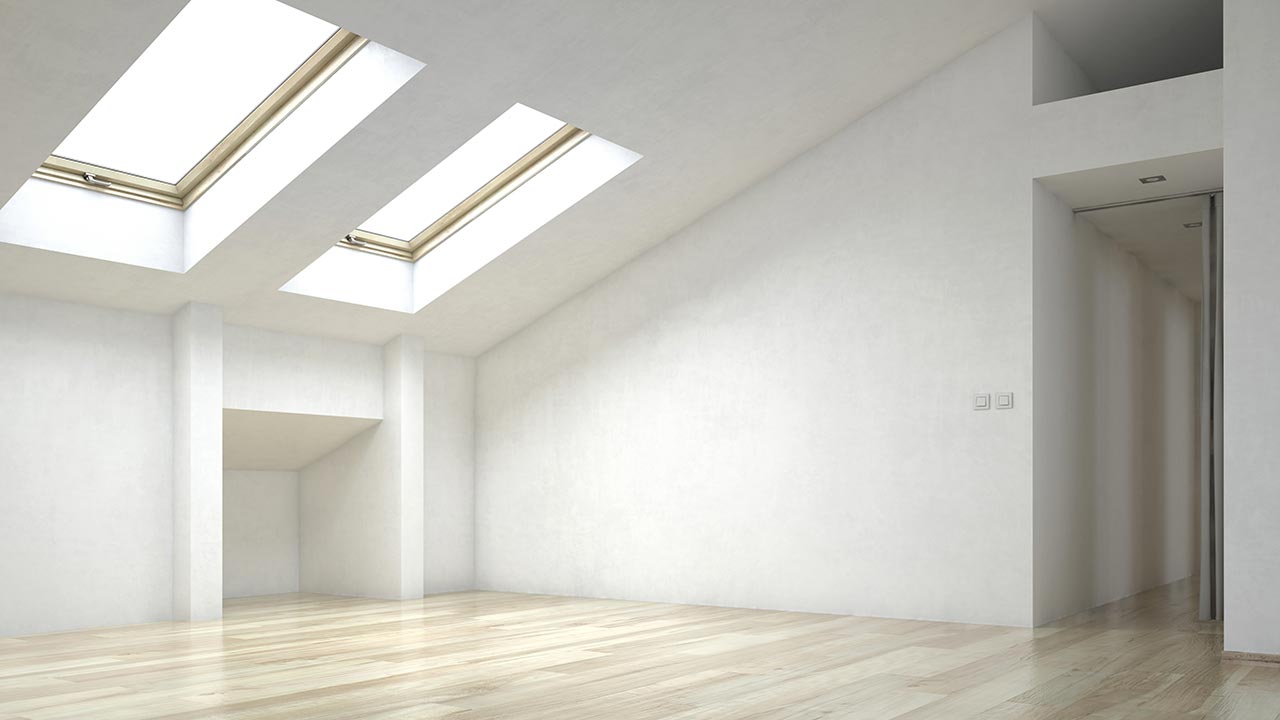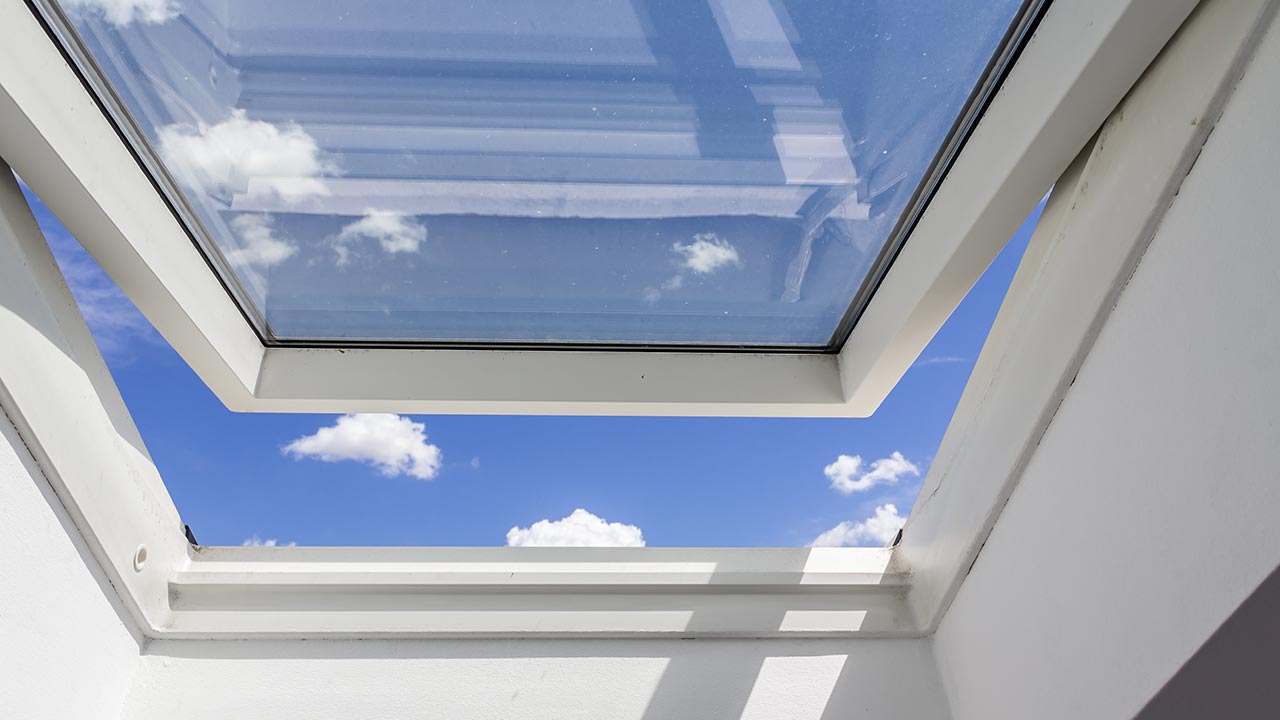What Considerations Should Be Made When Adding a Skylight to Your Home?

Nothing beats natural light. A dark and dingy room can easily be light-filled by installing a skylight, if the space permits. Skylights offer a unique way to introduce more natural light into a home and bring the outdoors in. In fact, they can let in over three times as much natural light compared to conventional vertical windows of the same size, and distribute it more evenly.
Even when the sun isn’t shining, skylights can help illuminate an interior space with little or no artificial lighting needed. Many skylights can even be opened for ventilation.
It’s no secret that your home can benefit from having a skylight, but what considerations should you make first before installing one?
Take Time to Plan Properly
In order to get the best results, careful planning is essential. Installing a skylight isn’t as simple as picking a random spot and cutting a hole in the ceiling. Skylights have very different effects compared to windows, especially in places like the kitchen or bathroom where task lighting is essential. While skylights certainly bring in a ton of natural light, they can’t be used interchangeably with windows in certain circumstances.
Depending on the direction of the skylight, there may either be an abundance of bright light or just a more diffuse light. In the case of the former, direct sunlight can wreak havoc on kitchen cabinetry and bathroom vanities, bleaching their finishes.
Shading Options
Based on the last point made, there are options to have the glass tinted in order to provide a certain amount of shade and limit any possibilities of the sun damaging the finishes in a room. Built-in blinds or horizontal curtains can also be installed that can help regulate the amount of sunlight coming in. Glazing is also typically added to provide insulation and avoid the build up of heat, especially during warmer months of the year.
Consider the Roof’s Slope and Position of the Skylight
The sun rises and sets every day, and moves as the day progresses. Because it doesn’t sit in one spot all day long, it’s important to consider how its movement will affect the kind of light that will shine though a skylight. For instance, skylights in sloping roofs that face south can easily overheat rooms. On the other hand, skylights that face north will let in a much softer light all day long. Additionally, a skylight placed on a slow slope will allow more solar heat in compared to a steeper slope.

Don’t Skimp on Size
The size of the skylight also matters. Many homeowners may be afraid of dedicating so much of their roof to a skylight. Or perhaps they’re concerned with that the costs associated with a larger skylight will be exponentially higher. Yet going too small will do little to yield the amount of natural light you can get, especially when you consider the effort required to install a skylight.
As far as price is concerned, there’s little difference when it comes to smaller versus larger skylights since the majority of the cost of skylights is in the installation. As such, it shouldn’t be that much more expensive to add more size to the skylight from a financial standpoint.
Fixed or Vented?
A fixed skylight is one that doesn’t open, and as such, it is virtually leak-proof because it’s sealed during manufacturing. Any leaks that occur from a fixed skylight are likely the result of faulty installation and poor flashing techniques as opposed to the skylight itself.
Vented skylights, on the other hand, can actually open up to allow ventilation. These are more likely to leak because they aren’t sealed shut, though vast improvements have been made over the years in the manufacturing of these types of skylights specifically to prevent potential leaks. Vented skylights may be particularly useful in places with high levels of moisture, such as bathrooms and kitchens. There are even models available that automatically close when they sense the start of a rainfall.
Tempered or Laminated Glass?
Skylights are typically made out of either tempered or laminated glass rather than ordinary glass in order to prevent damage or injury should the glass break as a result of impact from an object, such as a fallen tree branch. Tempered glass is a lot stronger than regular glass, and if it does shatter, the pieces are smooth and not likely to cause any bodily harm. Laminated glass is also an option for skylights and is coated in a film. If the glass is ever shattered, the film will keep the broken pieces from breaking into sharp glass shards.
The Bottom Line
The benefits of having a skylight or two in your home are pretty clear. Between all the natural light, the reduced need to depend on artificial light, and the wonderful ambiance created, skylights can completely transform the look and feel of a home. But there are factors that require careful consideration before making a hole in your roof. Get yourself some professional advice and installation services from a trusted expert in your area to ensure that you enjoy your skylight for years to come.